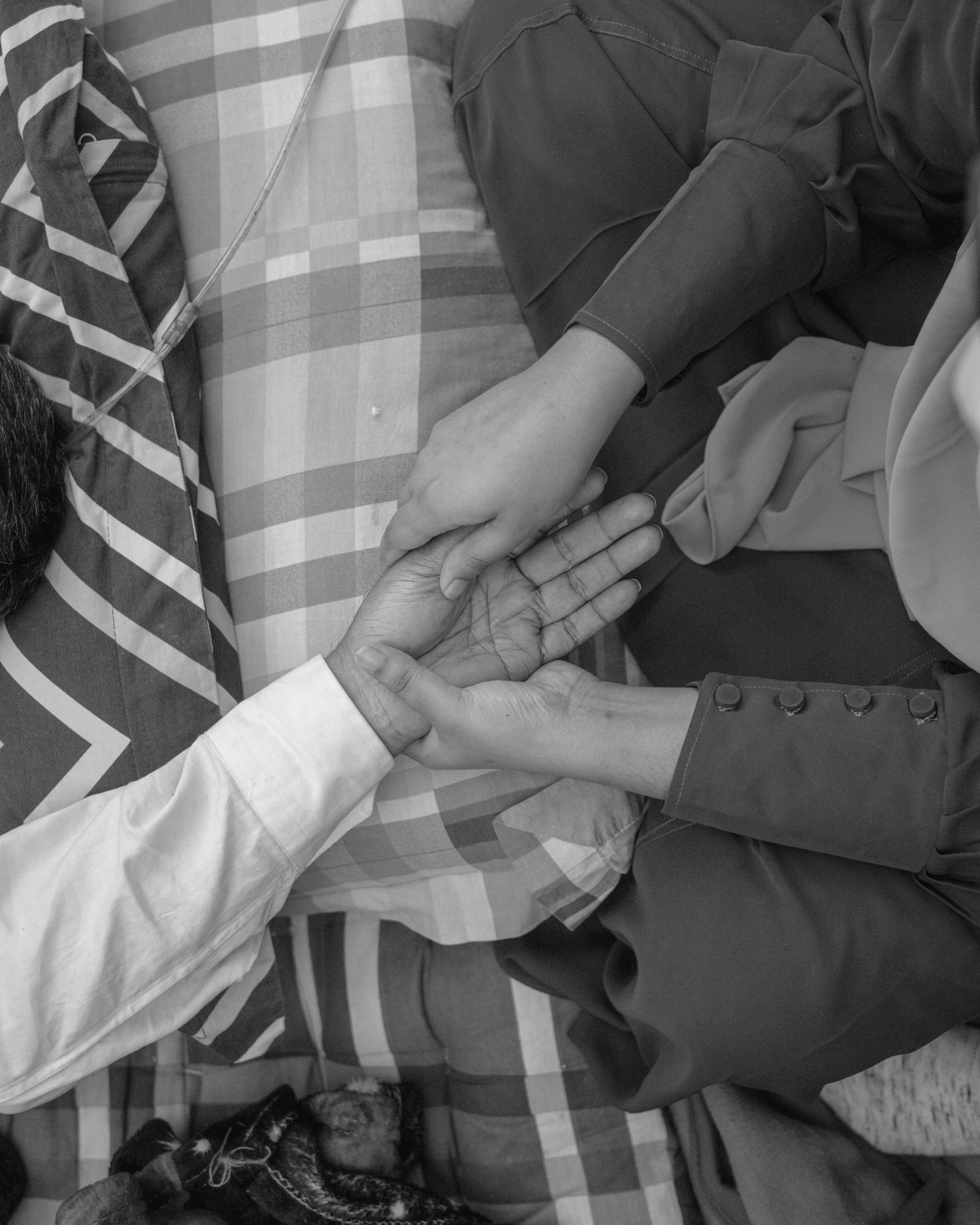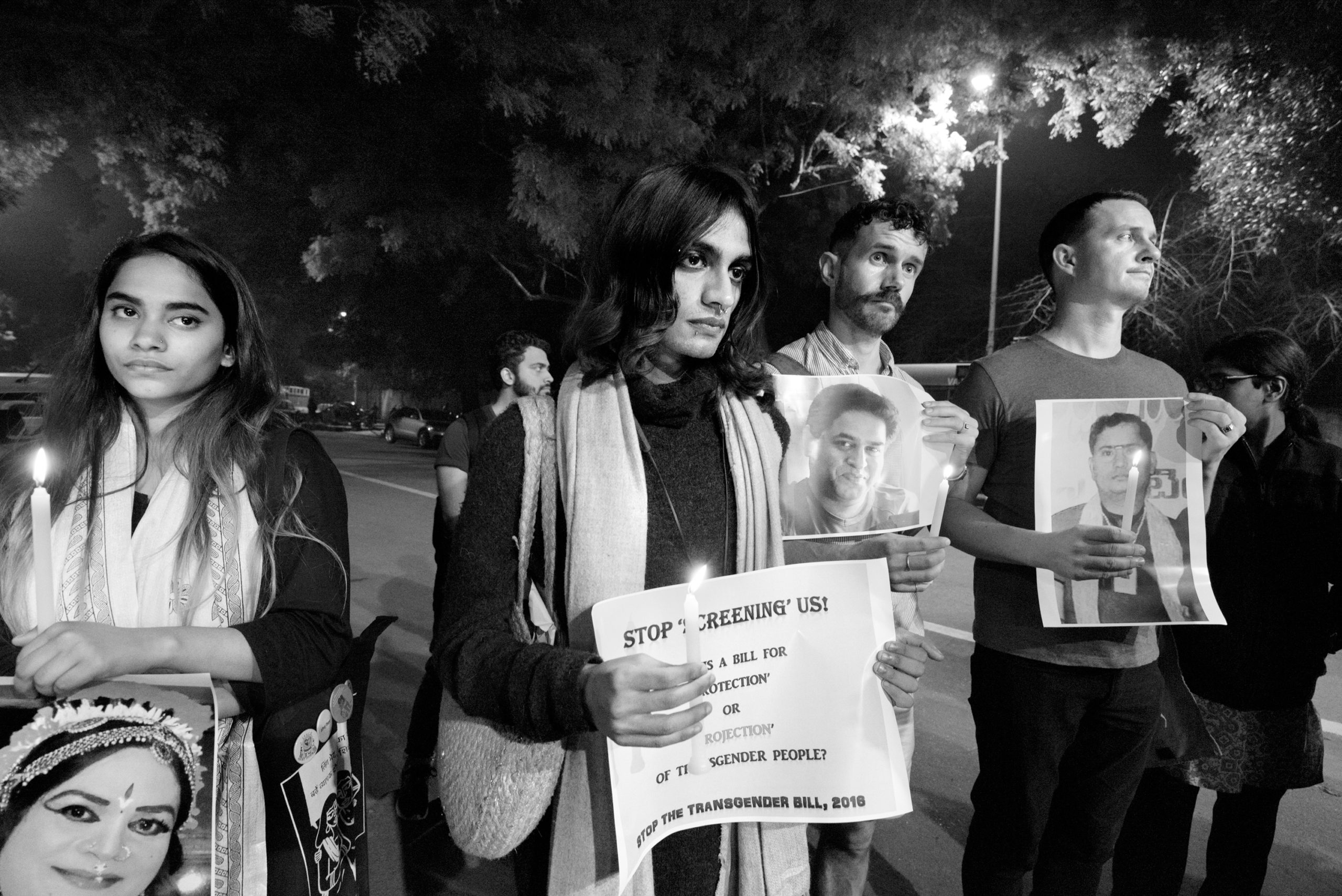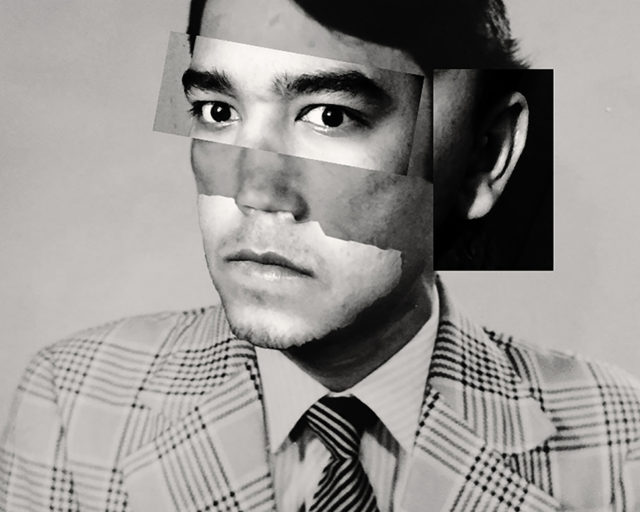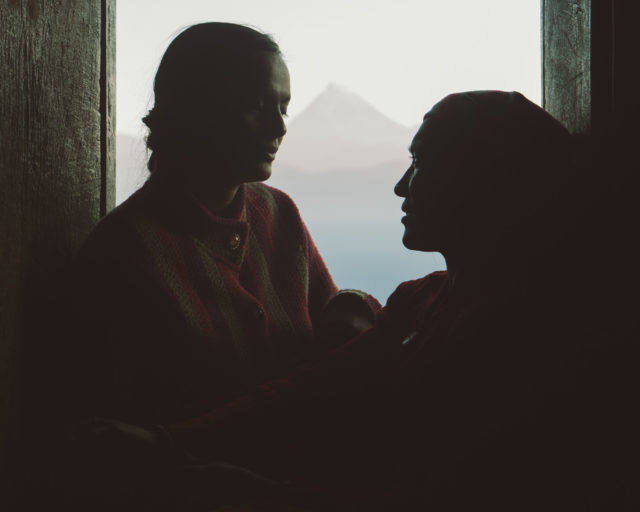Rajoyana Chowdhury Xenia, Sealed, 2021.
In South Asia, the visual is deeply connected to history and culture, seeping into the subconscious through storytelling and mythmaking. The photograph and its recent accessibility, in digital and analog forms, mediate questions of identity, creating a space for personal inquiry and experimentation. Many photographers, writers, scholars, and visual anthropologists have chosen to organize themselves collectively to realign their positions with photography. The shared colonial past between India and the subcontinent, including Pakistan, Myanmar, Sri Lanka, and Nepal, has caused underground histories to be forgotten, buried in the larger narratives of the land. Photographers have come together, over the last decade, to bring alternative histories to the forefront and make sense of the contemporary realities and geographies that seek to define them. New solidarities have emerged that allow for a retelling and a renegotiation of political histories that reference our colonized pasts—a retelling that seeks to upend expected stereotypes of one’s assumed identities.
What has surfaced from this resistance is a larger consortium that pushes the boundaries of what has been considered photographic in both aesthetic and form, incorporating interdisciplinary approaches that look at the relationship between the photograph and its subject in order to place its readings in the hands of the people whose stories are being narrated. For many, this act of coming together has been necessitated through shifts in the social and political landscape of their respective countries. These formations have allowed for multiple intersections of learning and collaboration, forging alliances outside the parameters of geographical and national identities. New alliances give way to creative experiments that can allow for a reimagination of personal histories and, by extension, of the symbolic potential of the image.
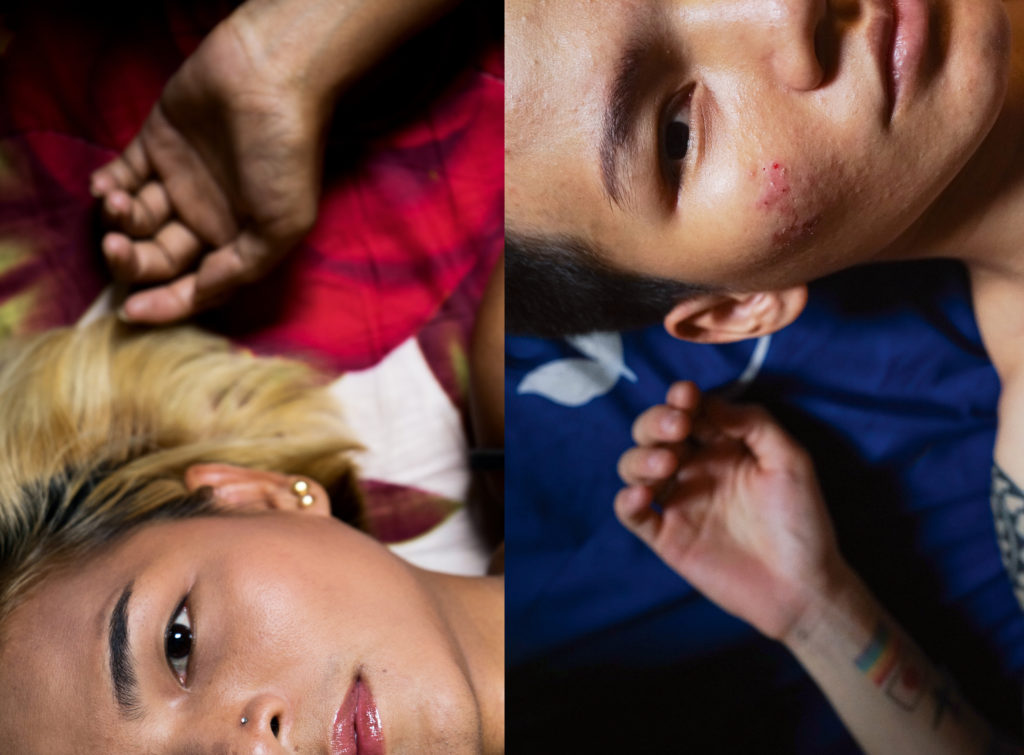
Members: Khin Kyi Htet, Rita Khin, Shwe Wutt Hmon, Tin Htet Paing, and Yu Yu Myint Than
“Since the coup on the 1st February [2021], we have been under the military junta for exactly one month. Days are tougher one after another. Individually and in collective spirit, we all take part in this revolution every day; some of us document and create work responding to and reflecting on the crisis. When we are traveling alone, we remain in communication to ensure all of us are safe. I feel I am very lucky to be a part of a collective in such a time. I have joined my Thumas in these protests against the coup. A few of us live close to each other and try to support and heal each other. We cook for the group and try to eat together.” Shwe Wutt Hmon sent these words in March, while in the midst of the recent military coup in Myanmar that fractured the short span of quasi democracy the country gained in 2011. This volatile political climate and a search for belonging had created a new space for personal and exploratory voices in lens-based media. Photographers had previously largely worked as documenters of news, keeping the personal away from the public realm. Unsettled by this convention and how women’s voices were negated, five female practitioners were motivated to gather under the name Thuma Collective in 2017. (Thuma translates from Burmese as her.) Their work has created space to explore individual perspectives and self-realizations, touching on subjects ranging from geopolitics to sexuality and identity. Each member brings an awareness of varied forms of photography, from the journalistic to the diaristic, seeking to redefine the cultural identities imposed on them.
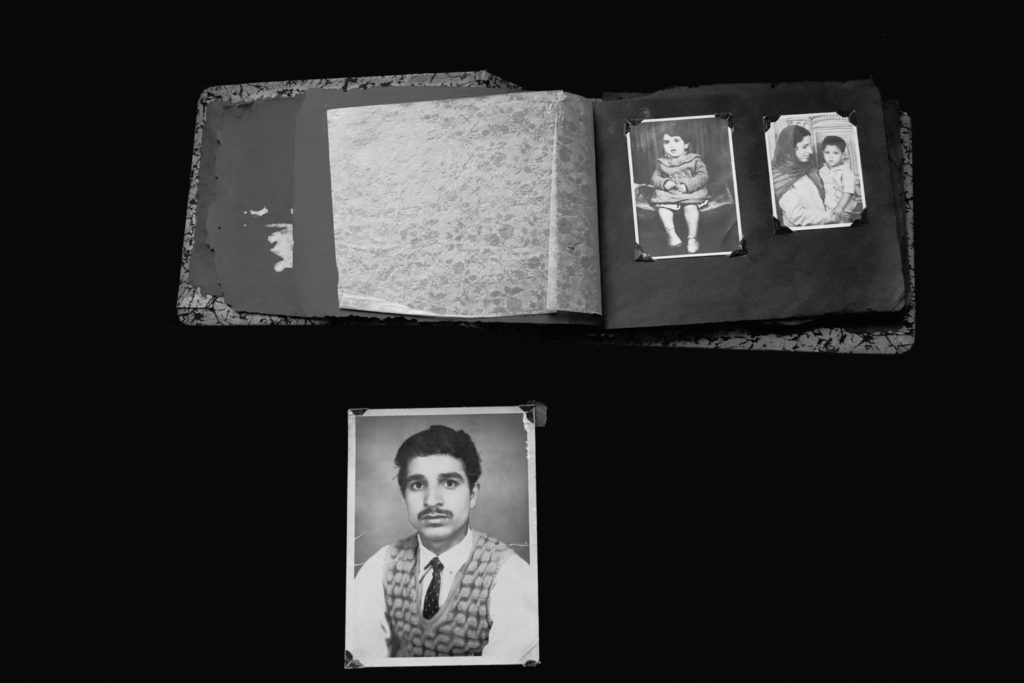
Cofounders: Nawal Ali, Ufaq Fatima, and Zainab Mufti
Kashmir has been seen in our visual landscape through the eyes of various authors over time, as a site of either militarized brutality or exoticized beauty. Images that speak of state-supported violence and its physical and psychological manifestations have been imprinted in news archives covering decades of this land under siege. Photography, in that respect, has existed as an economic tool for the region’s largely male-dominated community of image makers. Nawal Ali, Ufaq Fatima, and Zainab Mufti, who live in Kashmir, desired to use the camera to create a counternarrative to this masculine journalistic gaze, and in March 2019, they founded Her Pixel Story. Through their collaboration, they encourage women photographers to find their own voices and tell the stories of other women, which are often forgotten in the larger narratives of political discourse.
A shift of this magnitude requires the creation of support structures for members to question the violence of patriarchy and rethink approaches to photography. Embarking on this journey has also meant a negotiation with state control and India’s Unlawful Activities (Prevention) Act, where criticism of the state can lead to imprisonment without trial, as happened to the Kashmiri photojournalist Masrat Zahra in 2020. These humsheras (sisters), as the collective’s members call themselves, organize walks with women artists in the city, claiming their public presence as they bear witness to an existence under occupation. Their political concerns are manifested in collaborative projects that allow for diverse bodies of work, with each member developing her own visual language, strengthening an alliance that they hope will grow over time.
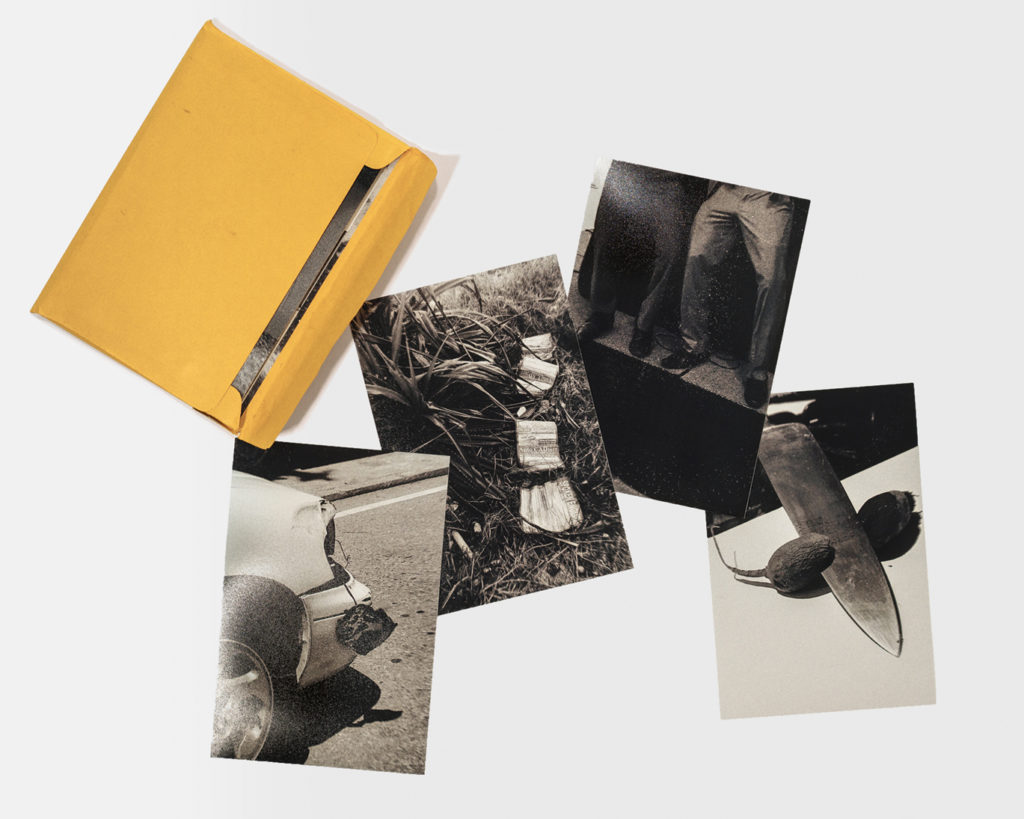
Members: Abdul Halik Azeez, Cassie Machado, Ephraim Shadrach, Imaad Majeed, S. P. Pushpakanthan, Sandev Handy, and Venuri Perera
The Packet Collective was formed in Sri Lanka, in 2019, by a community of artists who gathered over extended meals in an apartment in Colombo. As a collective, they wanted to focus on how shared time and slowness can give rise to unique perspectives. This exchange and collaboration among the members, and with other people from the art community, allowed for chance encounters in their personal approaches to the medium. Through informal conversations during walks, community dinners, and travels, they expressed a stand against the privileged and institutionalized mechanisms in the country’s art scene. Their work resulted in a deconstructed, collaborative art book, The Packet, that gave the collective their name. “Instead of ‘speaking at’ or ‘speaking to,’ we’ve been asking what it means to ‘speak from’ and what it looks like to do thinking in public,” the collective states. Through the wide array of approaches and visions of its members, the group emphasizes the local, both in conversation and community building.
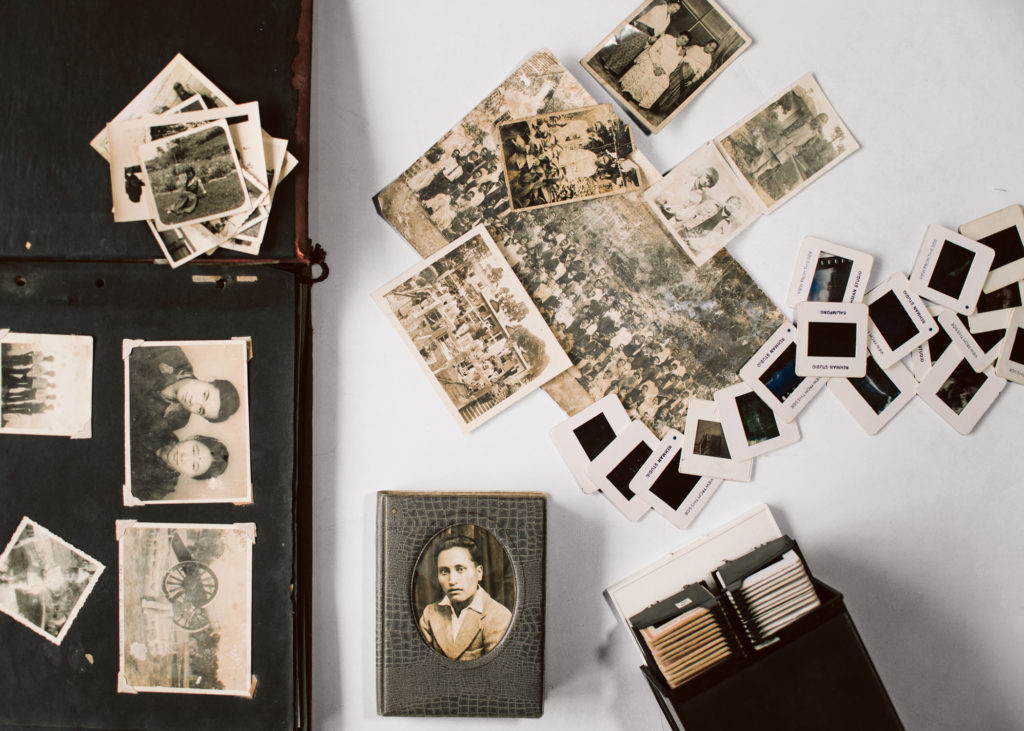
Members: Ashwin Sharma, Dipti Tamang, Kunga Tashi Lepcha, Mridu Rai, Praveen Chetri, and Shivam Darnal
In April 2020, during India’s national lockdown, this group of photographers, researchers, curators, and scholars came together to reconsider narratives representing the Darjeeling–Sikkim Himalayan region. The Confluence Collective fosters a deep understanding of regional visual and oral histories by unearthing negated, marginalized knowledge and practices that have been forgotten in entrenched institutional structures. “The collective has allowed us to build our own space and voice where we can practice more freely, engage, share, and collaborate,” Mridu Rai says. “It’s also allowing us to reflect on and confront our own notions about our region and our communities.” The collective has been consolidating local family archives as a counter to exoticized representations of the region. From these encrypted private memories, once invisible histories begin to find a voice and a place. Through their community-engagement programs, organized in different villages and towns across Darjeeling Hills and Sikkim, the collective’s members are deeply invested in taking ownership of their representation, a recognition that was not possible in the past due to the occupation and exploitation of their land by colonial and state powers.

Members: Aungmakhai Chak, Farhana Satu, Farzana Hossen, Juthika Dewry Gayatree, Rajoyana Chowdhury Xenia, and Sadia Marium
The members of Kaali Collective came together in 2018 through a shared desire to find respect and trust in the development of an author’s voice. Having studied photography at the Paathshala South Asian Media Institute in Dhaka, each member was critically looking at what constitutes an art practice, while favoring a decisive movement away from the closed nexus of the art world. The Kaalis, inspired by the mythology of power and destruction embodied by the goddess who is the group’s namesake, draw upon the fierceness of their own individuality while working collaboratively. In their recent exhibition Null and Void, presented in February 2021 at the eleventh edition the Chobi Mela photography festival, they questioned the form of the photobook. The books they exhibited shared authorship, reflecting the many emotional and physical journeys that each of the artists took together to create the work. This negation of individual authorship confronts a long history of territorial claims on the ownership of voices. As the group states, “In a region where there are prolonged histories of torture, domination, injustice, and violence against minorities, women, girls, LGBTQIA people, Kaali rejects the idea of being a mere witness; instead, they believe art and artists can make people vigilant and build a strong network among people who work toward social changes by learning from each other.”
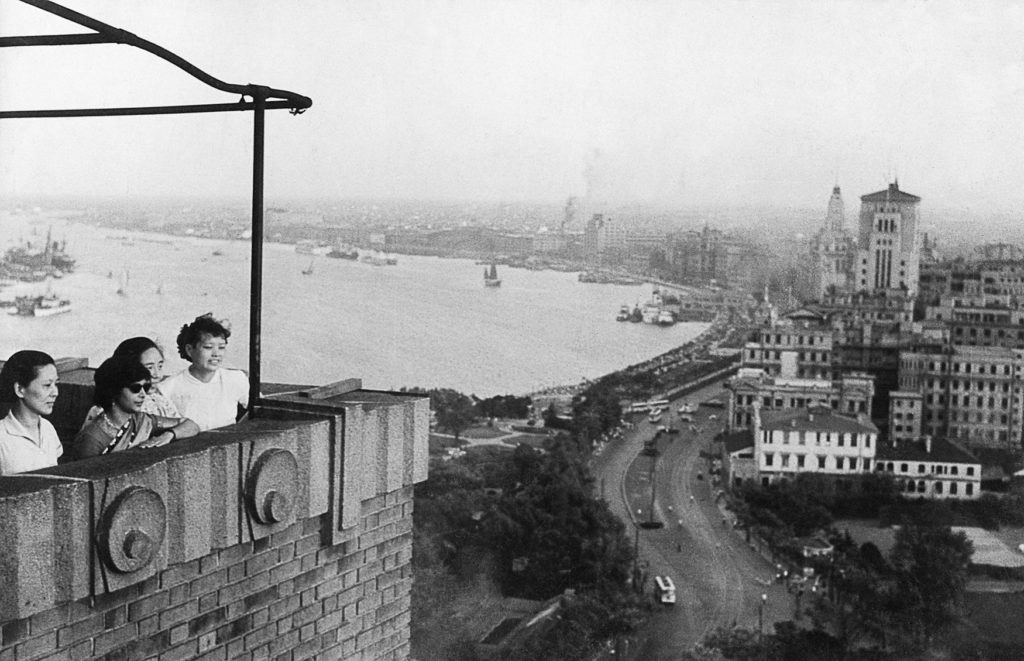
All photographs courtesy the collectives
Cofounders: Nayantara Gurung Kakshapati and Bhushan Shilpakar
Photo Circle formally established itself in Nepal, in 2006, the year of the Jan Andolan II (People’s Movement) that paved the way for a federal democratic republic, abolishing the country’s 240-year history of monarchy. Nayantara Gurung Kakshapati and Bhushan Shilpakar cofounded the entity to create a platform for photography in Nepal. Since its inception, Photo Circle has grown to encompass the Nepal Picture Library, a digital archive of images of the people’s history of Nepal, and Photo Kathmandu, an international photography festival, to negotiate the growing hunger for photography as an intermediary for conversations on the changing social structures in the country. The photographers today have chosen to take the lens inward, shifting the settled archetypes in the larger visual representation of the region. Through workshops and interdisciplinary engagements, Photo Circle has been an important facilitator in bringing forward fresh perspectives from practitioners and academics. Although organized along institutional lines, the members of Photo Circle and its initiatives retain the hybrid and fluid nature of an artist collective. The Nepal Picture Library, through research engagements with family albums and visual ephemera, has brought to the forefront previously unheard histories, most notably through the Feminist Memory Project and the publication of Dalit: A Quest for Dignity (2018). Photo Kathmandu has placed photographers from Nepal on the global map and reshaped conversations on the medium for audiences in South Asia and beyond.
This article originally appeared in Aperture, issue 243, “Delhi: Looking Out/Looking In,” under the title “Collective Shift: Another South Asia.”










